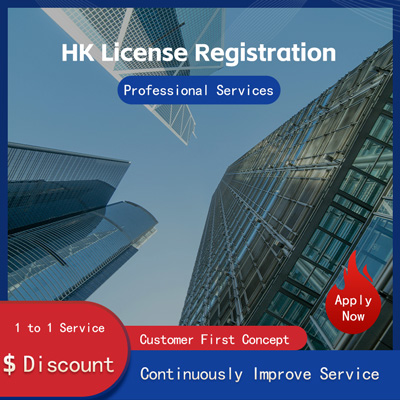
US Company Equity Lookup Understand Shareholder Structure & Rights Distribution
American Company Equity Inquiry Understanding Shareholder Structure and Rights Distribution
In today's globalized economy, understanding the shareholder structure of an American company is crucial for investors, analysts, and stakeholders alike. The equity composition of a company not only reflects its financial health but also provides insights into how profits and risks are distributed among its shareholders. This article explores the significance of shareholder structure, rights distribution, and recent developments in this domain.

The shareholder structure of a company refers to the distribution of ownership among different types of shareholders. Typically, these can be categorized into common shareholders, preferred shareholders, institutional investors, and private investors. Common shareholders have voting rights and are entitled to a portion of the company's profits through dividends. Preferred shareholders, on the other hand, do not usually have voting rights but receive priority in dividend payments and liquidation proceeds.
Recent news highlights the growing importance of institutional investors in shaping corporate governance. For instance, BlackRock, one of the world's largest asset managers, has been increasingly vocal about its expectations regarding environmental, social, and governance ESG factors. This shift underscores the evolving role of institutional investors in influencing company policies and strategies. As reported by Bloomberg, BlackRock has urged companies to disclose more information about their ESG practices, reflecting a broader trend toward greater transparency and accountability in corporate operations.
Understanding the rights distribution among shareholders is equally vital. Companies must clearly define the rights associated with each type of share to ensure fair treatment and maintain investor confidence. These rights may include voting rights, dividend entitlements, and rights to participate in company decisions. A well-structured rights framework helps prevent disputes and ensures that all shareholders are treated equitably.
The dynamics of equity distribution have seen significant changes in recent years due to advancements in technology and market regulations. For example, the rise of fractional shares has made it easier for individual investors to own portions of high-value stocks. According to CNBC, platforms like Robinhood have democratized investing by allowing users to purchase fractions of shares, thereby reducing barriers to entry for retail investors. This development has contributed to a more diverse shareholder base, with smaller investors now having a voice in company matters.
Moreover, regulatory frameworks play a critical role in ensuring equitable distribution of equity. In the United States, the Securities and Exchange Commission SEC enforces rules that require companies to provide detailed reports on their shareholder structure. These reports, such as annual 10-K filings, offer valuable insights into the company's ownership and governance practices. Such transparency is essential for maintaining trust and enabling informed decision-making by stakeholders.
Another aspect of equity inquiry involves analyzing the impact of mergers and acquisitions on shareholder structure. When companies merge or are acquired, the existing shareholder base often undergoes significant changes. This can lead to shifts in power dynamics and influence over corporate decisions. Recent examples include the acquisition of Twitter by Elon Musk, which sparked discussions about the implications of concentrated ownership on free speech and platform governance.
For investors, understanding shareholder structure and rights distribution is key to assessing investment opportunities. By examining the composition of a company's shareholders, investors can gauge its stability, growth potential, and risk profile. Additionally, monitoring changes in shareholder structure can signal strategic shifts within the company, providing early indicators of future performance.
In conclusion, the shareholder structure and rights distribution of an American company are fundamental elements that shape its operational landscape and investment appeal. As illustrated by recent trends and developments, the landscape is continually evolving, driven by technological advancements, regulatory reforms, and changing investor expectations. By staying informed about these dynamics, stakeholders can make more informed decisions and contribute to the long-term success of American corporations.
Helpful (0)
No help (0)
Still have questions after reading? More than 98,000 users have contacted us. Please fill in the following information to obtain business information.

Service Scope
MoreRecommended for You
- How to Register a Company in Singapore A Step-by-Step Guide with Practical Tips
- How to Register a U.S. Company from Singapore A Step-by-Step Guide to Starting Your International Business
- How to Start a Company in Singapore? Nail These Key Points and Register with Ease
- Want to start a company in Singapore? A step-by-step guide to registration-your easy first step toward going global
- Starting a Company in Singapore? Here Are the Key Steps and Things to Keep in Mind
- Want to start a company in Singapore? Here's everything you need to know about registration requirements and procedures-seize global opportunities with ease!
- Complete Guide to Registering an Association in Singapore A Step-by-Step Walkthrough Made Easy
- How Much Does It Cost to Register a Company in Singapore? A Clear Breakdown of Fees and Common Misconceptions
- Do You Really Know the Ins and Outs of Singapore's Audit System?
- How to Check a Company in Singapore? A Step-by-Step Guide to Navigating the Business Landscape
- How Do Singapore Companies Handle Bookkeeping and Auditing? How Can Competence Make Finance Teams Smarter and More Efficient?
- A Step-by-Step Guide to Registering a Company in Singapore Complete Breakdown of Required Documents and Easy Access to Global Markets!
- Can You Really Set Up a Company in Singapore on Your Own? Here’s the Full Story!
- Why Singapore's Private Banks Have Become the Top Choice for Global Wealth Management
- Thinking of starting a company in Singapore? Here are the key requirements and details you need to know!
- Heading to Singapore? These application tips will help you get it sorted!
- How to Smoothly Open a SG Bank Account? Step-by-Step Guide Key Tips
- How to Open a Bank Account in Singapore? Step-by-Step Guide to the Process Requirements
- SG Corp Audit Deep Dive Empower Your Biz to Soar
- Why You Can’t Ignore Notarization of Singapore Certificates for Your Business


 ONE
ONE

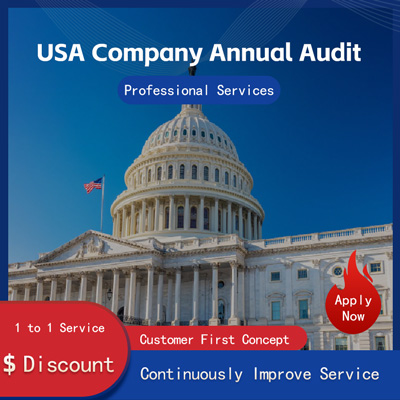

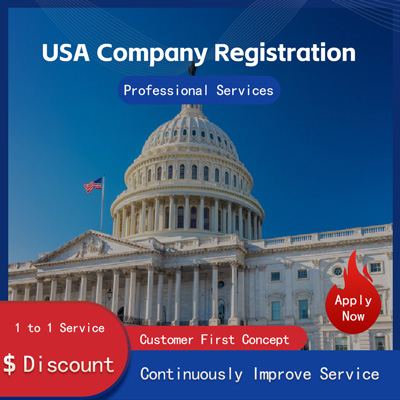

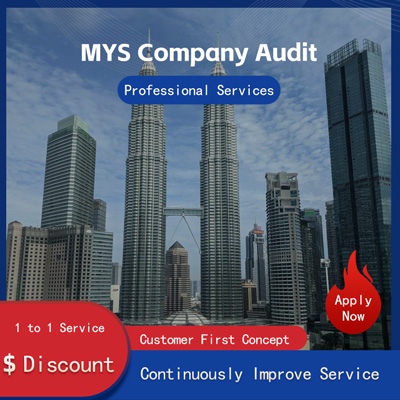
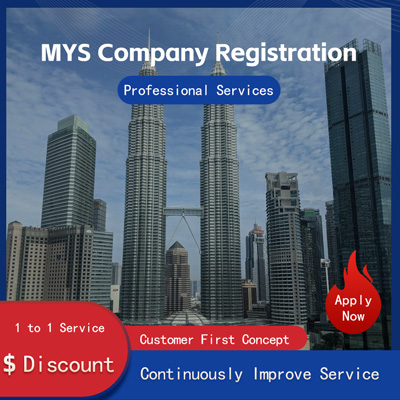
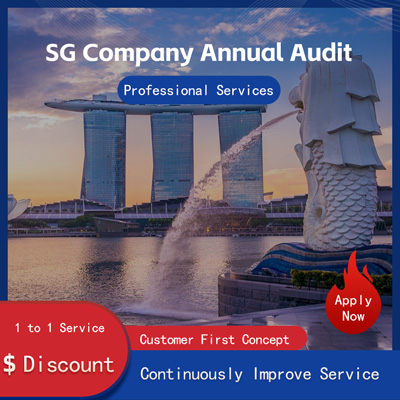
Customer Reviews
Small *** Table
December 12, 2024The experience was very good. I was still struggling to compare it with other companies. I went to the site a few days ago and wanted to implement it as soon as possible. I didn't expect that everything exceeded my expectations. The company is very large, with several hundred square meters. The employees are also dedicated and responsible. There is also a wall of certificates. I placed an order on the spot. It turned out that I did not make a wrong choice. The company's service attitude is very good and professional. The person who contacted me explained various things in detail in advance. After placing the order, the follow-up was also very timely, and they took the initiative to report the progress to me. In short, I am very satisfied and recommend this company!
Lin *** e
December 18, 2024When I first consulted customer service, they recommended an agent to me. They were very professional and patient and provided excellent service. They answered my questions as they came in. This 2-to-1 service model is very thoughtful. I had a lot of questions that I didn’t understand, and it’s not easy to register a company in Hong Kong. Fortunately, I have you.
t *** 7
December 19, 2024I originally thought that they only did mainland business, but I didn’t expect that they had been doing Hong Kong business and were doing very well. After the on-site interview, I decided to ask them to arrange the registration of my Hong Kong company. They helped me complete it very quickly and provided all the necessary information. The efficiency was awesome. It turns out that professional things should be done by professionals.👍
b *** 5
December 16, 2024In order to register a company in Hong Kong, I compared many platforms and stores and finally chose this store. The merchant said that they have been operating offline for more than 10 years and are indeed an old team of corporate services. The efficiency is first-class, and the customer service is also very professional.